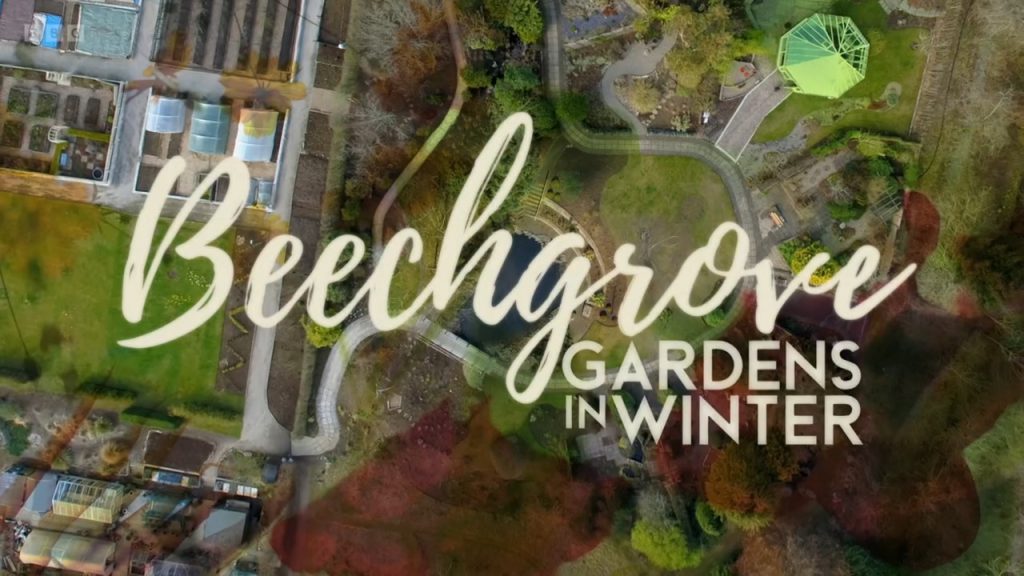Beechgrove Gardens in Winter 2022 episode 2: The winter work continues at Beechgrove as Carole Baxter and Kirsty Wilson guide us through all the jobs that make this a busy time of year in the gardening calendar. They show what to do with fallen leaves, while in Joppa, George Anderson demonstrates how to keep this year’s bumper apple crop fresh for weeks to come, as well as coaching us through compost creation.
Calum Clunie is at his allotment in Leven, taking a look at his winter veg in the polytunnel and saving money by taking carnation cuttings. Lizzie Schofield takes us around her prize-winning garden in Buckie, and Kirsty has some brilliant container ideas for gardeners who only have a window box or small space to grow in and who want some brilliant winter colour to brighten up the darker months.
Celebrating the great Scottish garden. Tips and advice to get the most out of your garden, with inspirational ideas from Scotland’s most beautiful green spaces. The Beechgrove Garden has been on air since 1978 and remains a firm favourite with audiences in Scotland. It consistently outperforms what is being screened by BBC Network in the same slot. At the heart of the series is a 2.5 acre home garden, situated on a cold, inhospitable slope west of Aberdeen, deliberately chosen to reflect Scotland’s harsher climate.
Horticultural advice in gardening magazines and on UK network gardening programmes is rarely suitable for most of the UK outside the South East of England. Beechgrove shares with its viewers the weekly challenge to work with the Scottish conditions to produce maximum yield of as many varieties as possible of fruit, flowers and vegetables.
Beechgrove Gardens in Winter 2022 episode 2
Dealing with fallen leaves is synonymous with autumn. Most gardeners who are lucky enough to have deciduous trees will be well versed with the practice of collecting them, although many may not make the most of this valuable resource. Leaf litter is a source of free organic matter – and should be used to replenish the garden – either left where they lie, where appropriate, or collected and made into leafmould. If we take our cue from nature and look to deciduous forests, leaf litter there provides a blanket that enriches soil as it breaks down. The eventual result is crumbly, dark humus.
Leave or remove?
In a garden, the needs of other plants and fauna must be considered when deciding whether to collect or leave in situ. Fallen leaves will provide a habitat for overwintering animals – such as hedgehogs – but also for
slugs; and if leaves are left on lawns they may kill the sward beneath. Mediterranean plants such as lavenders do not appreciate the humidity leaf litter provides, and it can lead to fungal problems. When it comes to making leafmould, all leaves are not equal. Oak, beech and hornbeam work best. icker leaves such as plane and horse chestnut take longer to decay, so shred fi rst. Evergreen laurels and holly do not make good leafmould. And lastly, pine needles, though slow to rot, once decayed are an ideal mulch for acid-loving plants.
